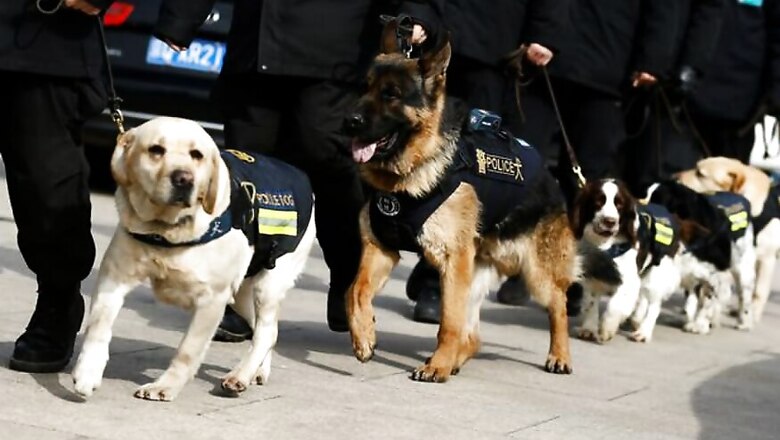
views
Researchers have developed an innovative dog vest, which allows users to transmit communications and command their dog via haptic technology. According to the study, dogs can be trained to respond to haptic vibration commands while wearing a modified canine vest developed at the Ben-Gurion University in Israel. Haptics technology simulates the senses of touch and motion, which is especially helpful in a remote operation or computer simulation where the user is not able to interact with and feel physical objects.
The technology might be useful for delivering remote commands to dogs for use in search and rescue, assisting disabled handlers and other service animal applications. "Our research results showed that dogs responded to these vibrotactile cues as well or even better than vocal commands," Amir Shapiro, Professor at Ben-Gurion University said in a paper to be presented at World Haptics Conference on Friday in Tokyo. "Our current proof-of-concept study shows promising results that open the way toward the use of haptics for human-canine communication," he said.
According to the researchers, the modified, commercially available mesh canine vest contains four small vibrating motors positioned over a dog's back and sides that can be used to train or direct dogs to respond to different vibrations sent via wireless remote control. The handler can elicit different commands by controlling the site and duration of vibrations. In this demonstration video, Tai, a six-year-old Labrador retriever/German shepherd crossbreed, responds to several distinct commands, such as "spin", "down", "to me" or "backpedal".
The haptic vest may also be used with existing dog training devices that detect posture and automate reward systems. "Integrating devices will allow us to further advance the potential of fully or partially autonomic dog training to assess general behaviour, responsiveness to commands and the effectiveness of rewarding dogs for desired behaviour," Shapiro said.
















Comments
0 comment